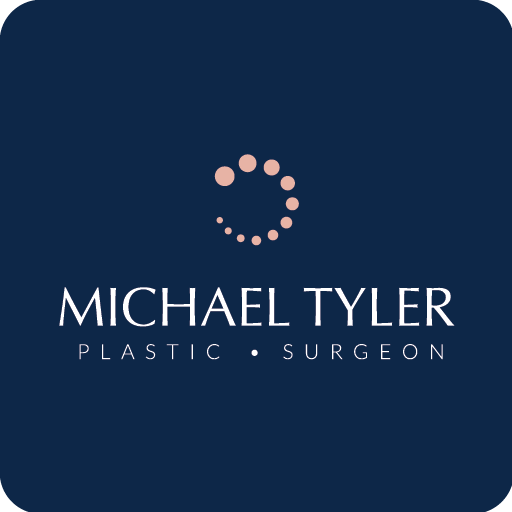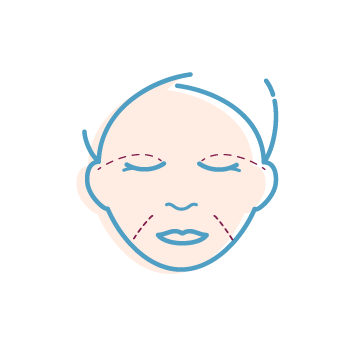As we age, it is natural for the skin’s elasticity to decline. This can result in loose skin around the jowls, chin and eyelids. Facial surgery is a precision procedure known as rhytidectomy or facelift. It removes surplus skin and lifts to reduce sagging. Some surgery will also involve the redistribution of facial fat and tissue. This results in a tighter, firmer and more youthful appearance.
Facial surgery should not be considered a quick fix for minor signs of ageing. It can be appropriate when appearance is disproportionate to age or when visual imperfections are impacting on the quality of life. Please note that we do not offer Botox or other cosmetic medicines.
During the initial consultation, we will discuss why you are considering facial surgery, how your current appearance affects you and the changes you would like to see. I will clearly explain the process, side effects and likely results, you can then decide whether to book in for the procedure.





